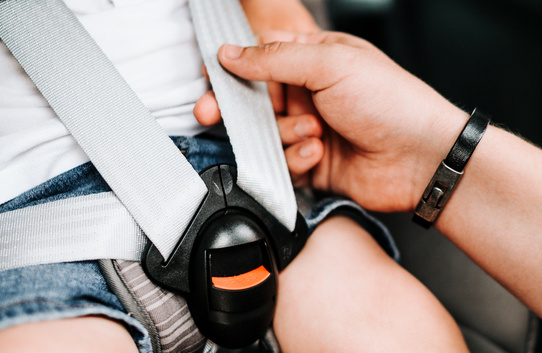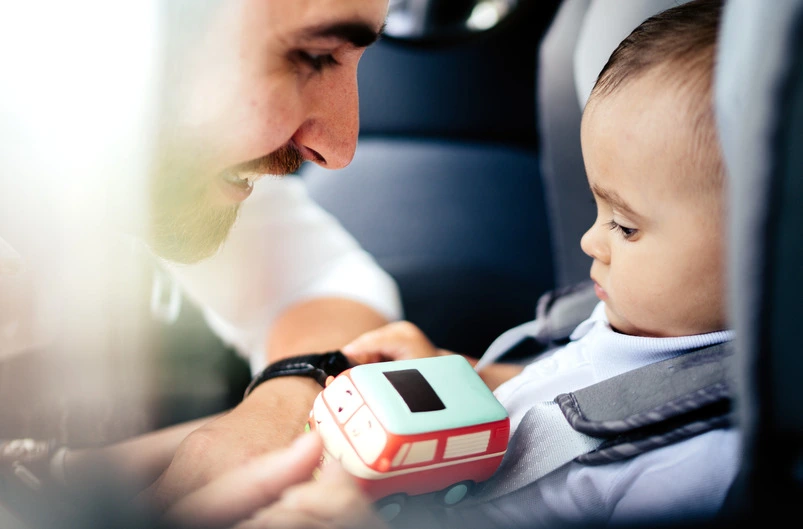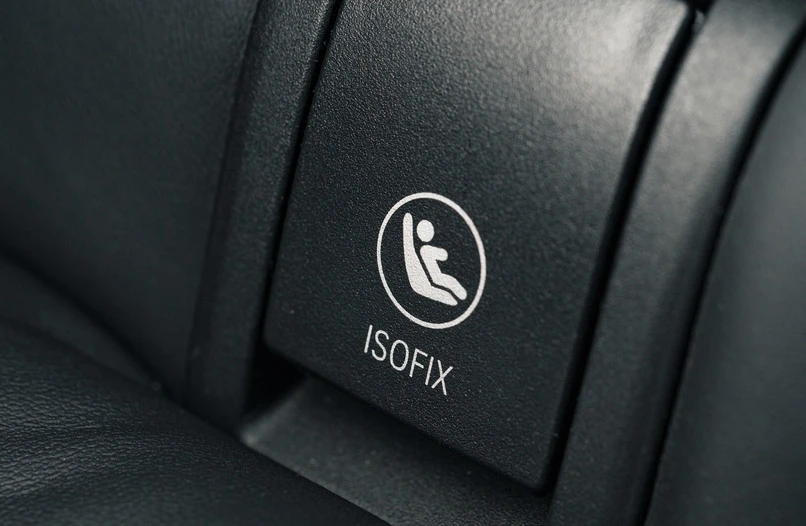Blog


What is ISOFIX System and How to Use It?
For the safety of your baby, you want to have the safest car seat that won’t move or come loose. That’s why you need to pay special attention to the way your car seat is secured. Today we present you the characteristics of the seat with an isofix system for the car, its features and advantages.
Sommaire
What is the isofix system?
It is a system for fixing the car seat in a vehicle and also an international standard. Since 2013, all vehicles of all brands must have the ISOFIX system. Older car models are not subject to it.
The Isofix system limits the risk of installing the seat incorrectly, unlike the system using the seat belt. It simplifies the installation of the seat. The Isofix seats are much more stable on the bench than the belted ones, because they are rigidly attached. They do not tilt when cornering, and do not slide on the seat, which provides greater comfort for your baby in the car during long journeys and greater safety in the event of a collision.
How the isofix car seat system works
Seats with an isofix system have different anchoring points:
- Two Isofix clamps that can be unfolded and unclipped on the car seat hooks located between the seat and backrest (red circles)
- A third attachment point: in the form of a “Top Tether” strap on the top of the car seat (Group 1, children from 9 to 18kg) that hooks onto the hook in the rear trunk and prevents the car seat from tipping forward. It is recommended for car seats for children up to 4 years old.
There are also car seats for children of the “i-size” type. This new European standard R129 is based on an Isofix system. This standard coexists with the R44/04 (and R44/03).
The R129 standard is based on much stricter rules for manufacturers, it insists on the use of the Isofix fastening system, a greater rigor concerning the safety criteria as well as a better resistance to frontal and side impacts.
The ISOFIX system offers a number of important advantages such as:
- Its ease of installation and its rapidity
- The visual and sound control of its correct installation
- Good results in safety tests, for neck and head impacts
- No need for two seat belts to secure the car seat to the back seat
How to use an ISOFIX system?
The installation of an isofix car seat is simple. For a correct installation of your child car seat, follow these recommendations:
- Place your car seat in the back of the vehicle on the back seat
- Find the Isofix rings at the junction between the backrest and the seat
- Install the seat so that the “clamps” are facing the rings
- Grab the buttons located on each side of the seat by holding them “pinched” between your thumb and index finger and push the car seat in front of you
- The clamps must come to tighten the rings which are located between the backrest and the seat
- Release the buttons: a green part appears on the buttons if they are well positioned, otherwise a red part is visible. In this case, move the car seat back, pinch the buttons again and start again.
- It can happen that the car seat is not well positioned in front of the rings. It must be adjusted.
- When the green part of each button is visible, push the car seat into the back seat
- Check the solidity of the installation: the car seat must not move. You can install the child, adapt and attach the harness.
Depending on the model and manufacturer, additional steps may be required. Refer to your user manual for an installation that meets the safety and comfort standards for your baby.
Summary
The ISOFIX system in cars offers great advantages in terms of safety, thanks to its attachment, your child’s seat is stable during turns. However, before making a seat purchase, you should pay attention to the type of installation your vehicle has. Remember to check the specifications of your car to find out whether or not you can have an isofix system.


